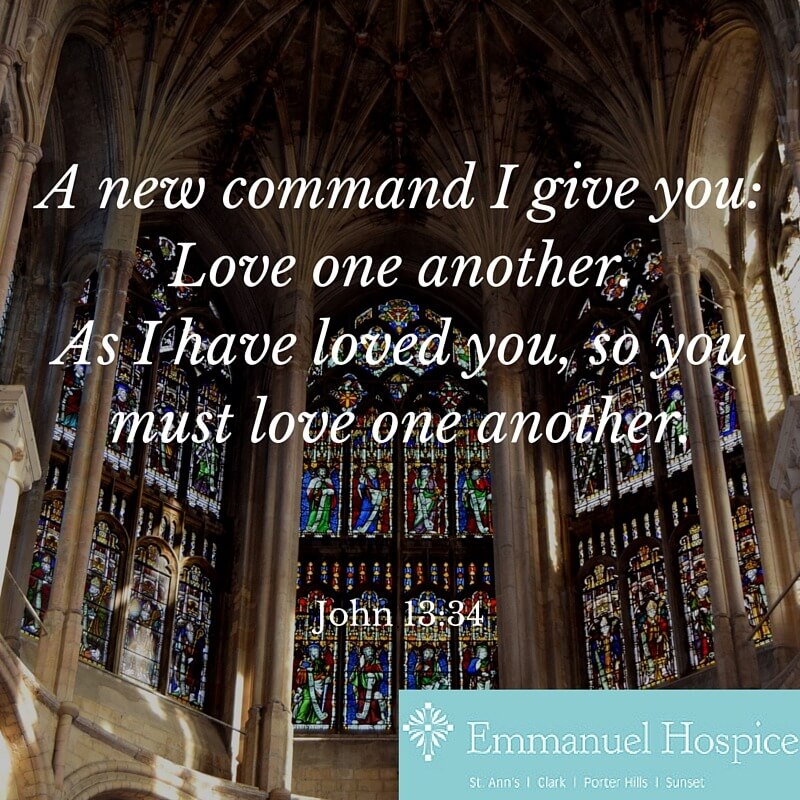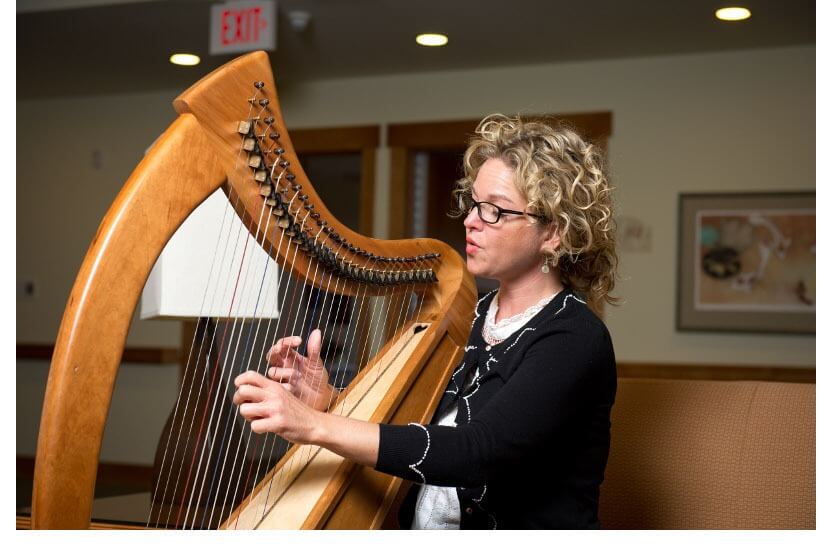As a faith-based hospice, It’s as natural for us to pray with our patients as it is to care for their physical needs. Our hospice ministry is called to provide physical, emotional and spiritual comfort to anyone diagnosed with an advanced illness. We know the importance of understanding diverse relationships. We know the beauty of difference through scripture and our experiences. Therefore, we strive to seek knowledge that will improve our relationships with all walks of life. Through countless hours of service and continuing education, we discovered a challenge that might hold someone back from understanding different beliefs: How to start.
While attending the Kaufman Interfaith Institute‘s monthly lunch and learn, we recently discovered an incredible tool to explain the framework for a conversation with someone of a different religion. Read on to discover recommended guidelines for Safe space, Brave space and Sacred space:
The Frameworks for Interfaith Conversations: Guidelines
1) Dialogue, not debate
While engaging friendly (or unfriendly, as the case might be) debate has its place, it doesn’t tend to be in the realm of interfaith conversations. This is not to say that we don’t want folks to stand up for particular perspectives and deeply-held beliefs—absolutely do so! However, don’t do so merely for the sake of argument.
2) Use “I” statements
While it’s easy to slip into speaking in generalizations (e.g. “Catholics believe that,” “atheists think that,” etc.), it’s always good practice to keep statements anchored in concrete personal experience so we don’t accidentally say something that might very well be untrue of others’ personal experiences.
3) Step up/step back
Ever have a conversation among a group where the same few people speak up while the same few people sit quietly? Its good practice to be aware of this and to empower people to “step up” if they haven’t shared their own perspective, as well as to encourage folks to “step back” if they’ve had many opportunities to share.
4) Oops/ouch
Even though all of the frameworks provided for interfaith conversation avoid the possibility for anyone to feel hurt or personally offended, it happens! When it does, folks should feel free to say so (ouch), and the other party can have the opportunity to clarify meaning (oops).
5) Assume good intentions
In the spirit of guideline #4, it’s possible that someone might feel offended by what another person says when engaging interfaith conversation. Even so, it helps to assume good intentions. If someone chooses to attend an interfaith conversation with their free time, odds are it’s not because they have it out for anybody. Keeping this in mind brings an air of understanding to the conversation that will keep things civil and productive.
6) Controversy with civility
Think of this as a response to the common saying “agree to disagree.” When we agree to disagree, difference is not engaged and is instead dismissed—therefore, no learning actually occurs. Allowing controversy with civility means that opposing viewpoints can be engaged respectfully as means to learning from one another.
7) Own your intentions and your impact
While we do expect people to assume good intentions, that doesn’t mean we should disregard the fact that what we say has an impact. For example, if a cisgender person honestly shares that they don’t understand how anyone can be transgender, this remark would indeed have an impact on a transgender person. Own the good intention, and own the impact it will still have on others.
8) Examine “challenge by choice”
“Challenge by choice” is the idea that participants can choose if, and to what extent, they will participate in a given activity. That’s a good idea! However, we don’t think the reasons someone might choose to abstain from a particular conversation should go unnoticed. If there’s an interfaith conversation on, say, the #blacklivesmatter movement and you find yourself sitting quietly—why do you think that is? Think about how you can learn from these types of moments.
9) Examine “be respectful”
This whole “examination” thing is pretty hip. In this case, we still want folks to be respectful of one another (of course, right?). “Respect,” though, can mean different things to different people! Let’s not just glaze over the command to be respectful, but take a moment to ask ourselves what that actually looks like. Ask participants, “When people are being respectful of one another, what is happening specifically?”
10) Offer reminders during moments of challenge
If and when tensions do get high and it feels like the conversation is taking a turn, remind participants of the space that was agreed upon before the conversation began. There’s no shame in saying, “Let’s hit the pause button for a moment and take some time to remind ourselves of the guidelines.” In a make-or-break moment of conversation, doing this allows the room to take a breath and forge ahead with both bravery and sensitivity.
Thank you Kaufman Interfaith Institute for bringing this conversation to West Michigan! This framework was created by the Interfaith Youth Core and based on a book “From Safe Spaces to Brave Spaces: A New Way to Frame Dialogue Around Diversity and Social Justice” by Brian Arao and Kristi Clemens.

